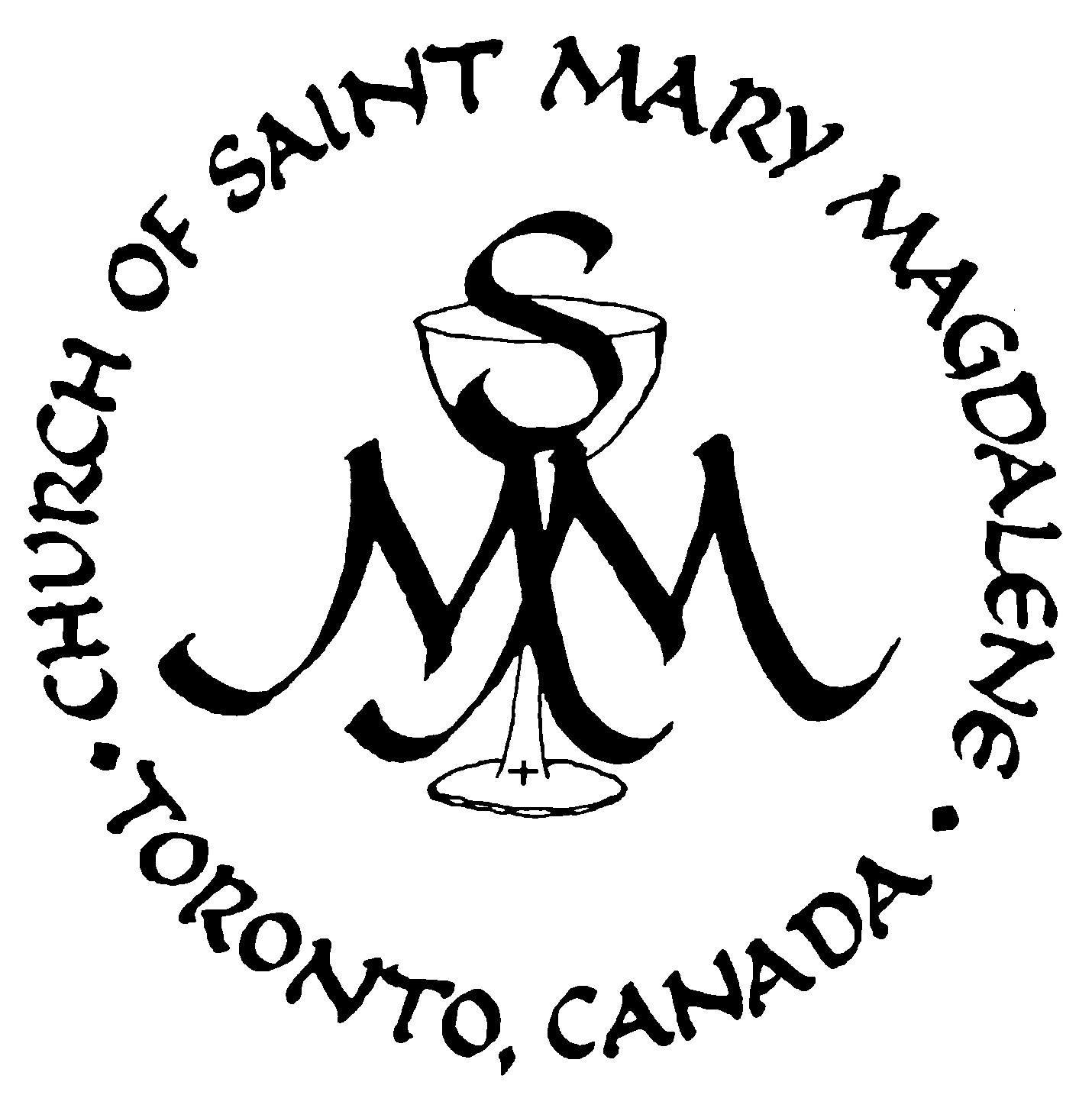Blessing Basil on Holy Cross Day
On Saturday, 14 September, we will celebrate Holy Cross Day with a Procession & Solemn Mass at 10.00 am, including the blessing of sprigs of basil.
Christian tradition says that the cross on which Christ was crucified was discovered by Saint Helena, mother of the Roman Emperor Constantine, on pilgrimage to Jerusalem in 326. It was divided into three, with one piece remaining in Jerusalem, one going to Rome, and one to Constantinople.
The feast also marks the dedication in 335 of the Churches of the Holy Sepulchre and Mount Calvary in Jerusalem, and the restoration of the True Cross to Jerusalem in 629 after the Persians conquest. The feast was celebrated in Rome before the seventh century, and the ancient Gallican Rite also had a liturgy for it in the early seventh century, as did the Eastern Orthodox and Syriac Churches.
In a practice we adopted from Eastern Orthodox tradition, a sprig of fresh basil is attached to the processional cross and blessed during the procession, as a symbol of how the cross grants new life to the world.
Why basil?
The herb basil has long been associated with today’s feast of the Exaltation of the Holy Cross. The word “basil” is related to basileios, from the Greek word for king.
According to one version of the legend, the Empress Saint Helena found the location of the True Cross by digging for it under a colony of basil, and basil is said to have sprung up at the foot of the Cross where the blood of Christ and the tears of his mother fell. A sprig of basil was also said to have been found growing from the wood of the True Cross. On the Feast of the Exaltation of the Holy Cross it is customary in the East to rest the Holy Cross on a bed of basil before presenting it for the veneration of the faithful.
Also, from the practice in some areas of strewing branches of basil before church communion rails, it came to be known as Holy Communion Plant. The blessed basil leaves may be arranged in a bouquet at the foot of the crucifix; the dried leaves can also be used by the faithful as a sacramental.
